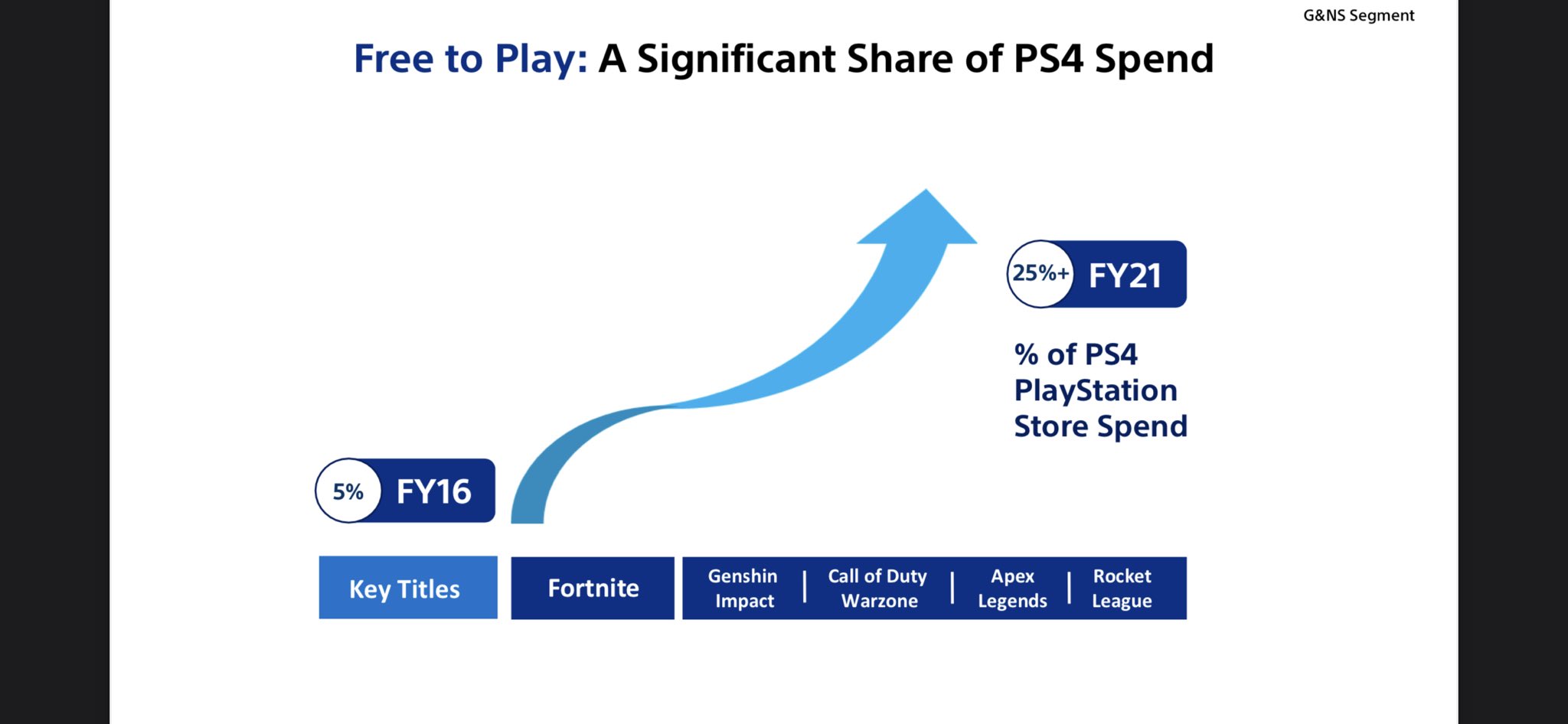- ARPDAUPosted 13 years ago
- What’s an impressive conversion rate? And other stats updatesPosted 13 years ago
- Your quick guide to metricsPosted 13 years ago
What makes a platform? Games or users? Console makers place their bets.
I’m still catching up on all the news and analysis from the E3 reveals of the new consoles yesterday, but this is my current thinking.
Both console manufacturers need to get a large installed base. Although both Sony and Microsoft are committed to this generation of consoles, they still need lots of consoles in people’s living rooms to make money. The consoles are unlikely to make money at launch: most of the revenue will come from the royalty paid by publishers on each game they sell and on the share of revenue from digital downloads and online services on the platforms.
Each of those models need users. Lots of users. This is not a winner-takes-all market, but it is one that is, in financial terms, highly operationally geared. To explain that, imagine it costs you $1 billion a year to run a console business. That includes the marketing, the infrastructure, the retail teams, everything. Let us simplify and imagine that it costs $1 billion whether you have an installed base of zero or an installed base of 100 million units. In practice, that isn’t true. The more consoles you have to sell and support, the more it will cost you. But those customers are paying you money. What are really looking for here is the fixed cost base of running a console business, not the variable cost that depends on how many customers you have.
The chart below shows the fixed cost of running a console business as a straight line. On the left, where the revenue line is below the fixed cost, the console manufacturer is making a loss. Over on the right, where it is above the fixed cost, they are making a profit. Now here is the kicker: pretty well all console manufacturers are heavily in “loss-making” territory at launch. Even Nintendo, which famously made sure that it made a profit on every Wii sold even at launch, had substantial fixed overheads of running a console platform.
For any manufacturer, getting to the point where annual revenue exceeds annual fixed costs is a big moment. (More accurately, the CFO cares about when annual gross margin – after the costs of supplying the physical consoles or bandwidth for online services – exceeds fixed costs). The business is then profitable on a cashflow basis. They may still be unprofitable when you consider the pre-launch expenditure and the losses incurred up until this point, but the business is no longer haemorrhaging cash.
Microsoft and Sony know this. They are in a race to get to that moment as fast as possible. They face shareholder pressure for good financial results. The last two console cycles have not clearly made money for the manufacturers. Time is no longer on their side.
So Microsoft and Sony have to work to grow that installed base high and the revenue per user as fast as possible. And it seems to me that they are pursuing two different strategies.
- Microsoft is betting that publishers are the key. Policies like restricted used sales and once-a-day validation are designed to attract game publishers who have spent years bitching about second-hand sales. Microsoft has taken out its cheque book to secure relationships with other content providers too, like the NFL and Stephen Spielberg. This strategy identifies content as the key battleground and is predicated on the assumption that if they have the best content, by offering the most friendly platform to content providers, gamers will flock to the Xbox One in droves.
- Sony is betting that gamers are key. It has no used game restrictions. It is unashamedly about the games, not an all-in-one media centre (although it does have many media centre features). It has co-opted the retailers by throwing a lifeline to the highly profitable used game market. Sony’s strategy says that if we can get the installed base, the publishers will flock to where the consumers, and hence the money is, irrespective of whether they prefer the limited trade-in, DRM-friendly Xbox One.
Content is vital to both platforms. So are users. But to summarise the difference between the strategies, Microsoft is focused on “If we have the content, the users will follow”; Sony is focused on “If we have the users, the content will follow.”
So is content king, or is it distribution? Most investors would plump for distribution over content every time. If I had to pick sides now, I would go for the platform that is focusing on giving the users what they want, not the content suppliers. Over the next decade, we will see whether I am right.












